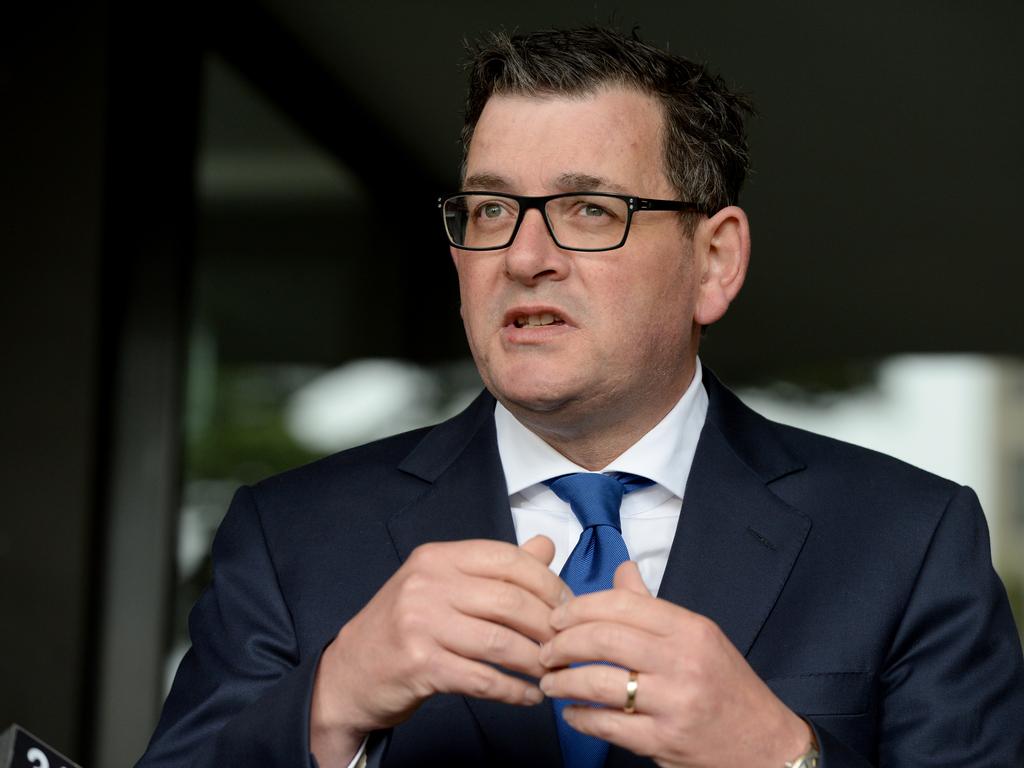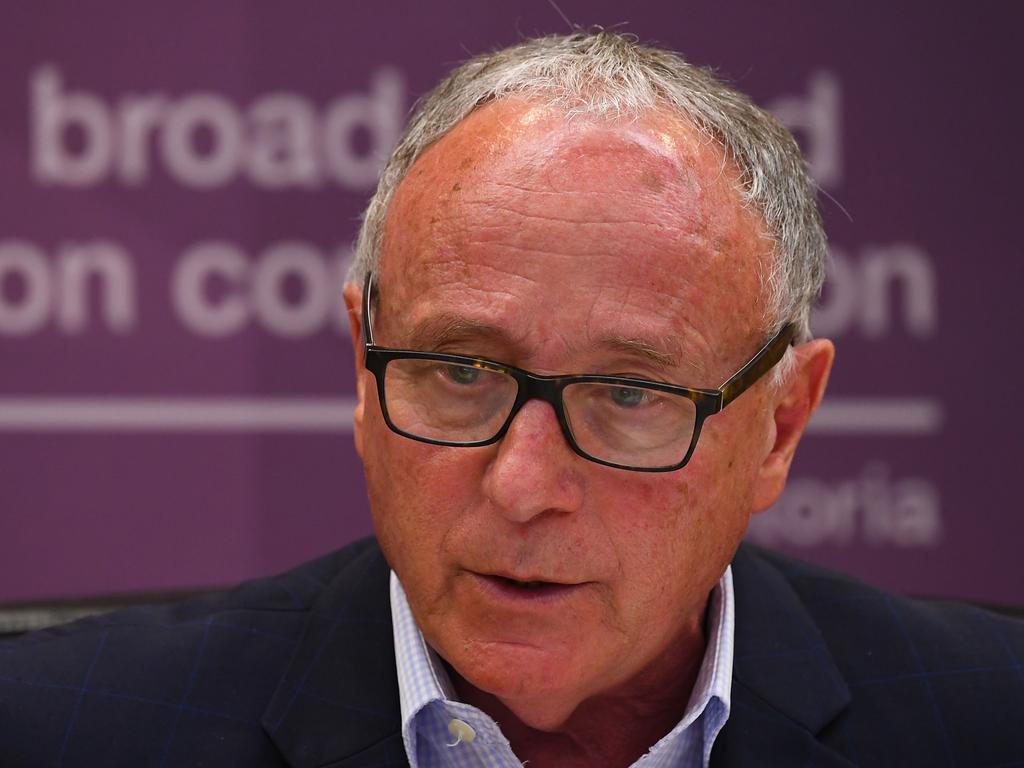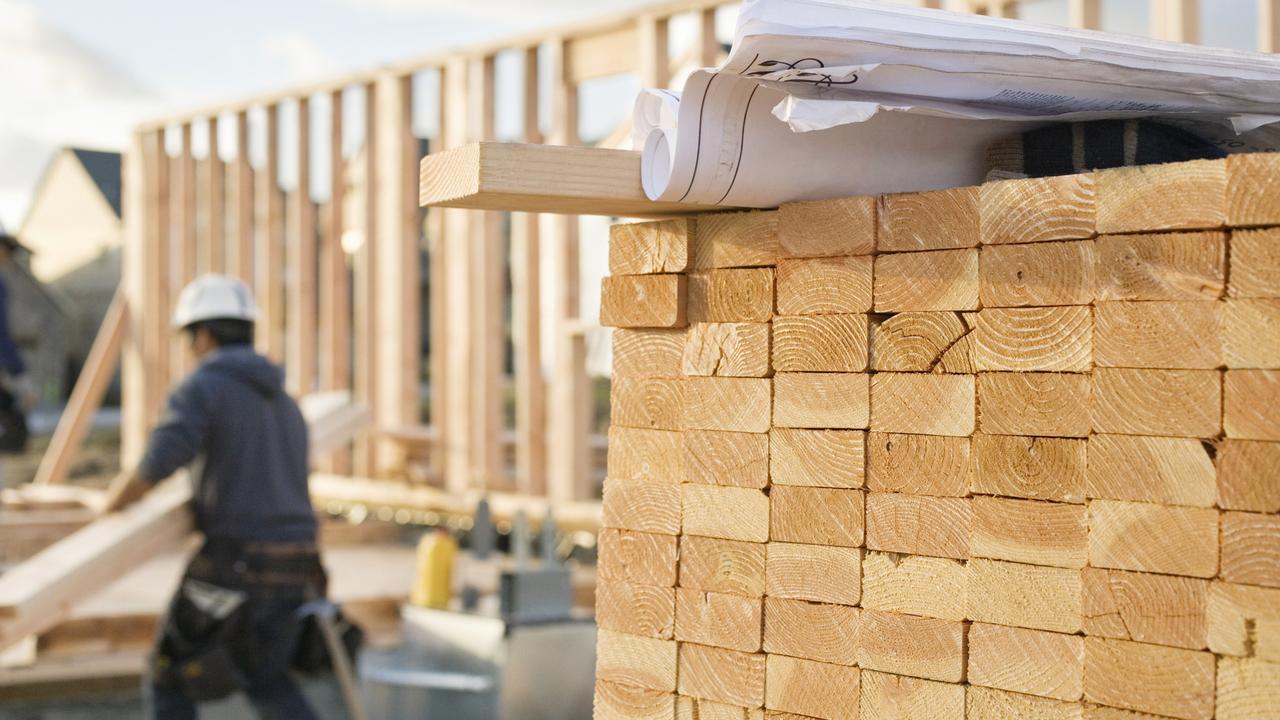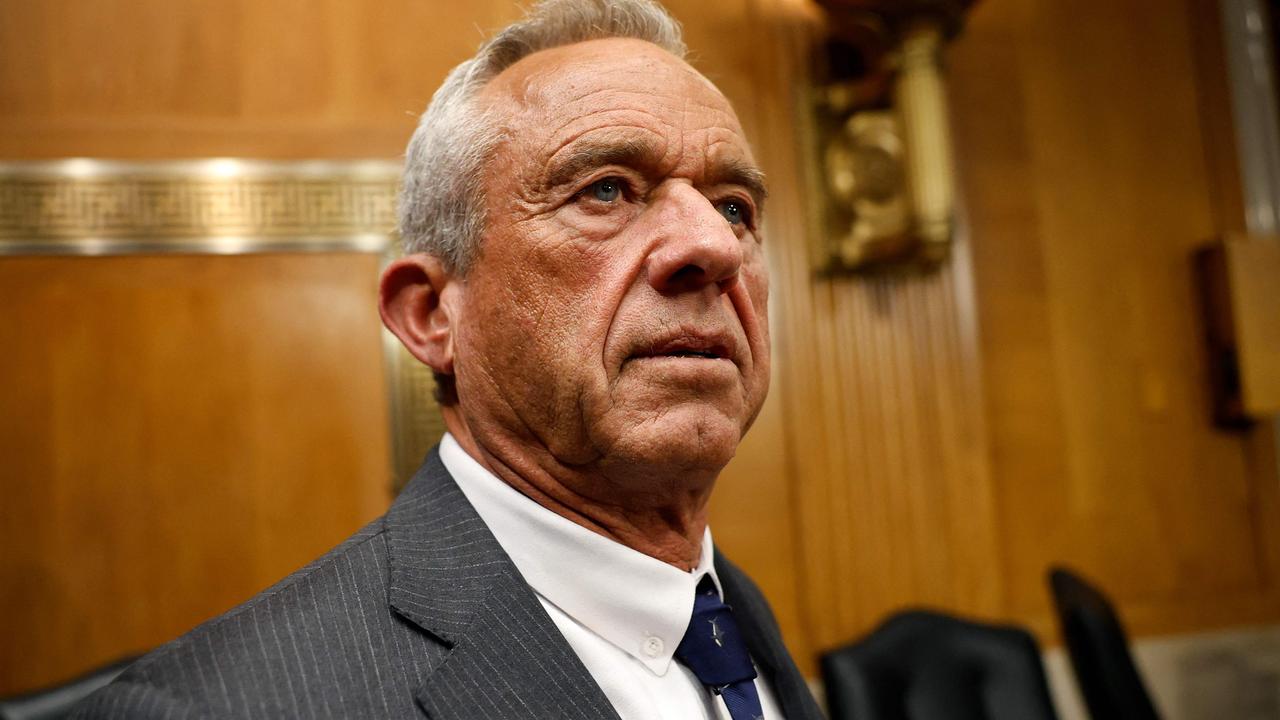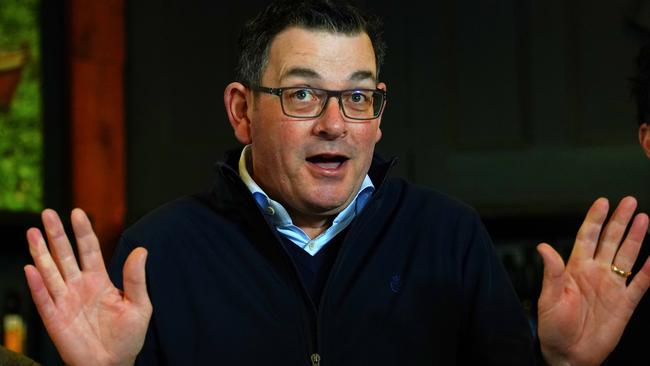
Now that Daniel Andrews is in a cancelling mood, he should seriously consider adding other items to the list immediately. Top of the list is the unwarranted and wildly expensive Suburban Rail Loop. But close behind is the ridiculous resurrection of the State Electricity Corporation.
At the last state election, Andrews promised to establish a government-owned electricity company – a new SEC. Starting with a $1bn contribution of borrowed money from the state government, private capital would also be sought. He mentioned the potential for industry super funds becoming involved, but the state would hold a controlling share of 51 per cent.
According to the dream, this minnow would drive lower electricity prices. This begs the question of what is in it for non-government investors, if the riding instruction is to offer below-market prices? But here’s the thing: the resurrection of a tiny, undercapitalised SEC will utterly fail to sort out Victoria’s energy problems. Indeed, it could make them worse.
For starters, the amount of money is trivial. A recent study has estimated the cost of Australia’s decarbonisation journey will be $1.2 trillion to $1.5 trillion between now and 2030. Two billion dollars from the SEC, even if it is augmented by debt, is too small to shift any dial, particularly prices.
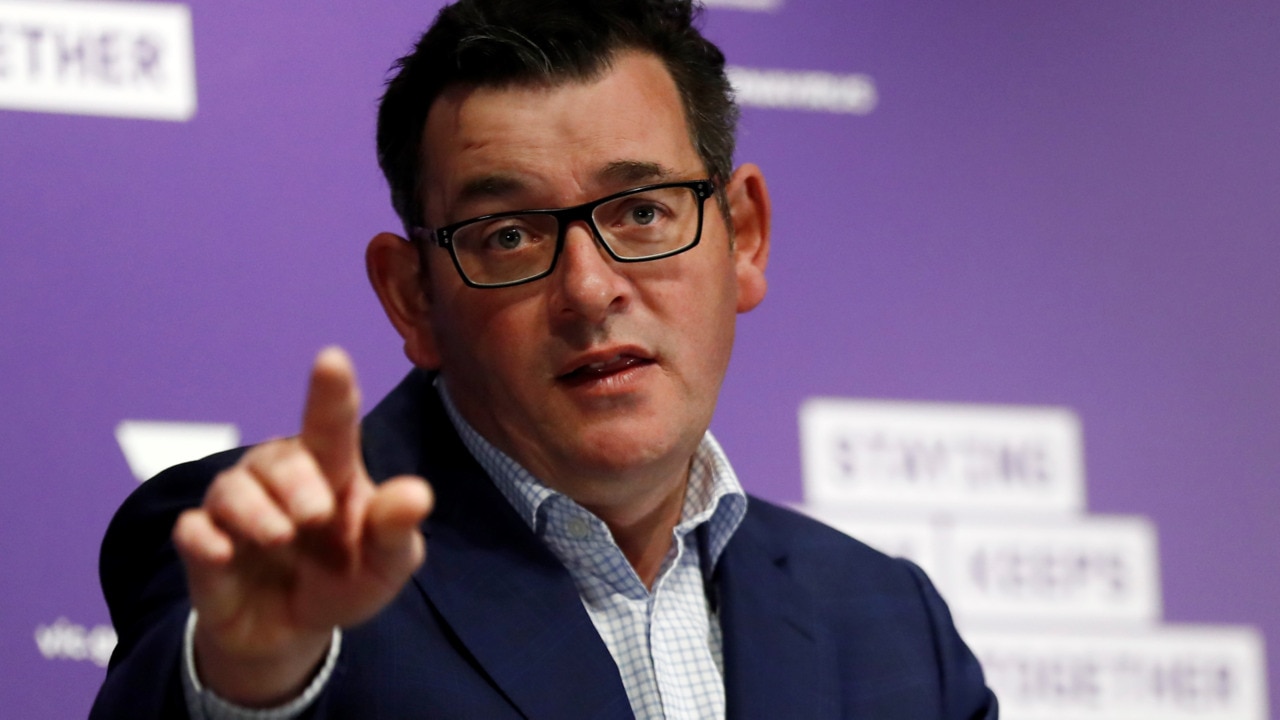
In a landscape of badly designed privatisations, the sale of the SEC back in the 1990s stands out as a beacon of hope. The organisation had become deeply indebted. It was bloated with excess staff and the flow of electricity had become unreliable. Prior to the sale, the corporation was broken up into its component parts of retail, generation and transmission, and these divisions were sold separately. The Victorian taxpayer was richly rewarded through the sale, with a number of overseas companies successful in the bidding process.
Electricity prices in the state fell for nearly a decade as these new operators shook out the inefficiencies, although a number went broke having overbid at the point of sale.
Fast-forward to the current situation, there are now multiple problems with the electricity system in Victoria, overwhelmingly caused by faulty government policies and interventions. Power prices are high and rising, a number of generators are on their last legs and the transmission system does not meet the requirements of far-flung (subsidised) renewable energy installations.
It is dawning on some ministers and senior bureaucrats that the land mass of Victoria is simply too small to accommodate the renewable energy needed to meet the state’s (overly) ambitious target of 65 per cent of electricity generated by 2030 and 95 per cent by 2035 – at least onshore. The land mass required for every megawatt hour of electricity generated by wind is nearly seven times greater than for coal-fired power. (The ratio is even higher compared with gas.)
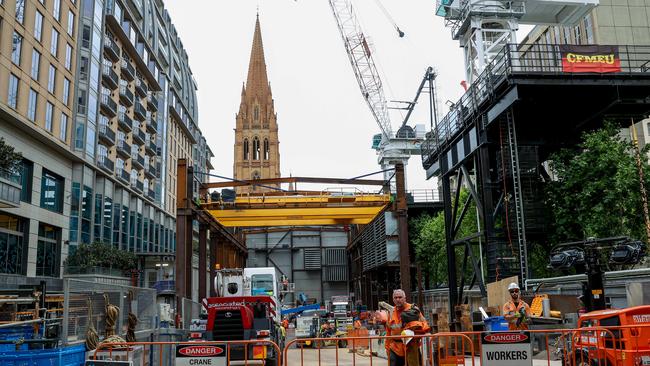
To achieve the 2030 target, the state government would need to requisition 70 per cent of the land currently used for agriculture. Even for Andrews, that would be a bridge too far.
For this reason, Andrews and Lily D’Ambrosio, the Minister for Climate Action, Energy and Resources (and the State Electricity Commission!), have turned their attention to offshore wind, which is at least four times more expensive than onshore wind. The lifespan of offshore turbines is also considerably shorter than onshore ones and the maintenance costs are extremely high.
The construction of offshore turbines requires specialist ships, equipment and staff, available only in the northern hemisphere. It will probably require a sequence of projects with final investment approval to lure the companies to Australia. Notwithstanding, two offshore sites in Victoria have been identified – one in Gippsland and the other near Warrnambool, the latter to provide electricity to the nearby aluminium smelter at Portland. After a ruling by Energy Minister Chris Bowen, the initial plans for the Warrnambool offshore wind installation have been rejected because of objections from the local Indigenous community.
Instead of the turbines being located 10km from the coast, in sea depths of between 30 and 60 metres, any new approval will require the turbines being a further 10km out to sea. They may need to stand on floating platforms even though this option has not been tested anywhere. In all likelihood, the project won’t go ahead, which will in turn imperil the future of the Portland smelter.
Given that this smelter accounts for around 10 per cent of Victoria’s electricity demand, it’s not impossible for a scenario to emerge in which the smelter closes, particularly given the tightened Safeguard Mechanism. The Premier will be disappointed and millions of dollars will be allocated to allow the 500-odd workers and 150 contractors to transition to other jobs “fairly”. But the closure will provide some breathing space for the electricity system in the state.
What is becoming very apparent in Victoria is that building new transmission lines to accommodate new renewable energy installation is slow and costly; local opposition is a very real force in the state. The fact is no major transmission lines have been built for more than 30 years and Victoria is now a very different place.
The population is 50 per cent greater, at close to seven million, and many more people now live in the regions. The two major projects that face fierce opposition are the Western Renewables Link and the VNI West Interconnector. It’s not clear that either project actually meets a cost-benefit test because the utilisation from renewable energy is too low to justify the capital expenditure.
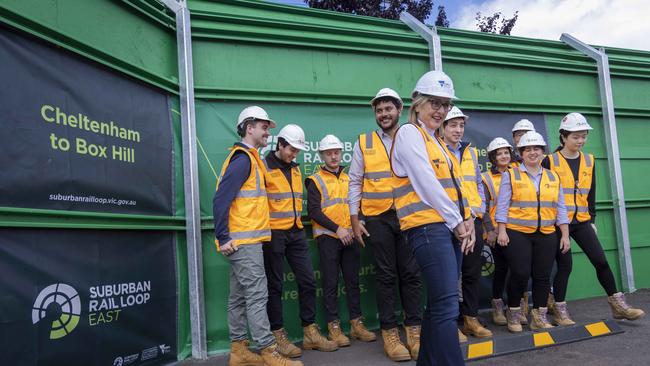
This is a problem everywhere: new transmission lines are required to hook up renewable energy projects and to reduce the amount of curtailment currently occurring on the old grid. But if the utilisation is only 30 per cent, say, it’s impossible to justify the expenditure. Bear in mind here the costs of transmission feed directly into electricity prices.
The bottom line is that the resurrection of the SEC was always an absurd idea – it was oversold and overpromised, lacking scale to make any real difference. Indeed, the interim chief is having difficulty identifying any suitable projects to invest in. It should be quietly dropped.
The more promising policy would be to expedite the exploitation of the state’s proven onshore gas reserves and to facilitate the construction of new gas plants to provide much-needed firming capacity for the electricity grid. These plants could use existing transmission lines. But that might be just too rational for a distracted government wedded to the green vibes rather than the facts.
And just on the rushed and unjustified ban on gas connections for new residential areas in Victoria, the net effect will actually be to push up emissions in the state, at least in the short term. It’s yet another example of a shoddy and perverse policy decision by a weary government that totally ignores consumer preferences.


